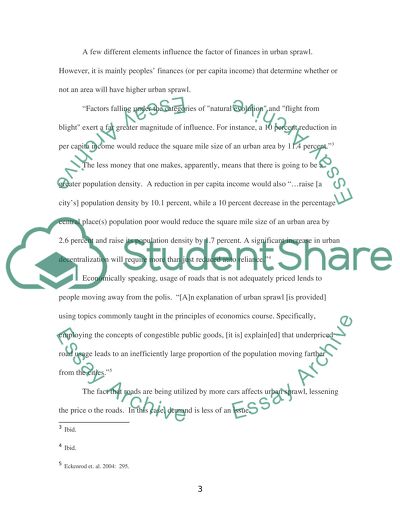Cite this document
(“Factors in Urban Sprawl: Finances, Society, and Race Essay”, n.d.)
Factors in Urban Sprawl: Finances, Society, and Race Essay. Retrieved from https://studentshare.org/miscellaneous/1525911-factors-in-urban-sprawl-finances-society-and-race
Factors in Urban Sprawl: Finances, Society, and Race Essay. Retrieved from https://studentshare.org/miscellaneous/1525911-factors-in-urban-sprawl-finances-society-and-race
(Factors in Urban Sprawl: Finances, Society, and Race Essay)
Factors in Urban Sprawl: Finances, Society, and Race Essay. https://studentshare.org/miscellaneous/1525911-factors-in-urban-sprawl-finances-society-and-race.
Factors in Urban Sprawl: Finances, Society, and Race Essay. https://studentshare.org/miscellaneous/1525911-factors-in-urban-sprawl-finances-society-and-race.
“Factors in Urban Sprawl: Finances, Society, and Race Essay”, n.d. https://studentshare.org/miscellaneous/1525911-factors-in-urban-sprawl-finances-society-and-race.


